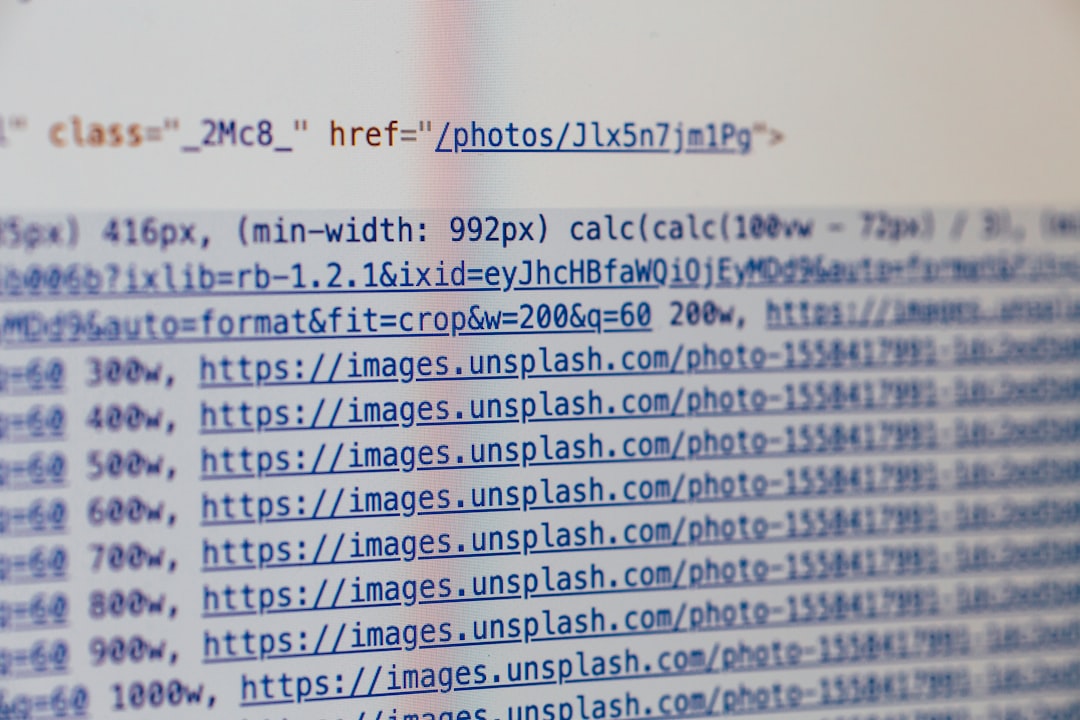The humble robots.txt file has been around since the early days of the web. It’s a simple file placed at the root of a domain to guide web crawlers on which parts of a website should—or should not—be indexed. While its syntax and purpose have remained largely unchanged, the way applications are built has evolved dramatically. From single-page apps (SPAs) to serverless architectures, modern web applications present unique challenges to traditional crawling mechanisms. This leads to a powerful concept: Robots.txt for Modern Apps—Crawl, Don’t Compute.
What is robots.txt and Why Does It Matter?
The robots.txt file is part of the Robots Exclusion Protocol. It tells search engine bots and other automated crawlers which parts of your site they can access. While not a security tool—it can easily be ignored—it serves as an important advisory in web crawling and indexing workflows.
For classic server-rendered sites, this system works beautifully. But for today’s web, things are far more complex!
Modern Apps: Technologies That Confuse Crawlers
Here are some examples of modern technologies that challenge traditional crawlers and, by extension, the utility of robots.txt:
- Single-Page Applications (SPAs): These apps load content dynamically via JavaScript. Initial page loads often contain little or no content, which can confuse crawlers that don’t execute scripts.
- Serverless and microservices architectures: These distribute functionality across a variety of endpoints, which aren’t always meant to be accessed directly.
- Dynamic import and lazy loading: These improve performance, but create gaps in what crawling bots can see.
- APIs exposed through public routes: Not all public API endpoints should be crawled, as this could lead to unnecessary costs or data exposure.
In this modern landscape, the traditional approach of mapping out crawlable sections in robots.txt doesn’t fully capture the nuance developers require. That’s where a more strategic approach comes in—crawl, don’t compute.
‘Crawl, Don’t Compute’: A Modern Philosophy
What do we mean by this phrase? It’s the idea that search engines and bots should be guided to only index what they need to read, and avoid costly or irrelevant paths that require computation, authentication, or extensive backend processing. Especially in serverless or pay-per-execution models, having bots unknowingly hammer routes can result in increased latency and bills.
Rather than letting bots compute expensive pages or API endpoints, developers can use modern enhancements to robots.txt and appropriate meta directives to craft a cheaper, tidier, and more performant surface area.

Enhancements to the Traditional robots.txt
While the Robots Exclusion Protocol has seen few updates, developers today are finding creative ways to extend its function:
- Blocking API endpoints: You can explicitly prevent crawlers from hitting certain routes, like
/api/or/server/, reducing backend load. - Allowing only static HTML: When paired with server-side rendering (SSR) strategies, allow crawlers to hit pre-rendered, SEO-ready pages only.
- Redirecting or canonical tags: Use meta tags or HTTP headers to further shape where bots go after landing on allowed paths.
You might say this is an evolution from purely thinking about what’s visible on the site to what’s happening behind the scenes.
Practical Use Cases and Tips
Let’s explore some scenarios in which modern apps benefit from curated robots.txt strategies:
1. Preventing Crawling of Dynamic Routes
SPAs often use infinitely nestable URL structures or route patterns built with query params. Without clear boundaries, bots can end up crawling thousands of variations that all return similar or empty content.
User-agent: *
Disallow: /search?
Disallow: /filter/
This tells bots to skip dynamically loaded search results or filter pages—both of which are often not meaningful for indexing.
2. Avoiding Expensive Endpoints
In a serverless world, every route can cost money. If bots crawl your /generate-report route on a daily basis, expect a surprise in your hosting bill. Shield these endpoints using robots.txt:
User-agent: *
Disallow: /generate-report
Disallow: /api/
You might also consider implementing CAPTCHA or authentication for extremely sensitive routes.
3. Telling Crawlers What’s Safe
Not all bots are malicious. Google’s crawler wants to help get your content found. Use robots.txt to permit access to SEO-friendly pre-rendered pages:
User-agent: Googlebot
Allow: /articles/
Allow: /assets/
4. Handling AI and LLM Bots
Language models like ChatGPT now crawl public pages (via partners or plugins) to learn and summarize content. If your app has content that’s not ideal for summarization or inclusion in AI, you’ll want to disallow those bots explicitly:
User-agent: GPTBot
Disallow: /
This is increasingly relevant for news sites, journals, and licensed data providers who want to protect their intellectual property.
Beyond robots.txt: The Meta Tag Arsenal
In addition to the text file at your root domain, use these HTML tags to shape how bots index content on a per-page basis:
- <meta name=”robots” content=”noindex, nofollow”> — Tells search engines to skip indexing the page and avoid following its links.
- <link rel=”canonical” href=”…”> — Prevents duplicate content from being indexed across different URLs or languages.
- <meta name=”googlebot” content=”nosnippet”> — Stops Google from generating snippets, which might be useful for protecting partial content.
These tools complement robots.txt and help define what is crawlable, displayable, and indexable without ambiguity.

Balancing Accessibility with Efficiency
Not all crawlers are bad. Indexing your documentation site, product listings, or blog posts can be a boon for discoverability and organic traffic. The challenge lies in balancing openness with performance and cost-efficiency.
This new paradigm—crawl, don’t compute—positions robots.txt as more than a simple access file. It becomes a vital layer of cost management, SEO strategy, and application performance tuning.
Conclusion: Code Smarter, Crawl Smarter
In the evolving ecosystem of modern applications, developers and architects must think beyond rendering and consider how their systems interact with bots. Your app should be optimized not just for users, but for the systems that analyze and navigate it. By crafting a smarter, limited robots.txt file, you’re saying to the bots: “Crawl intelligently—don’t force compute-heavy operations.”
Use every tool at your disposal: updated robots.txt directives, intelligent folder structure, sensible dynamic routing, meta tags, and proactive observability. Together, they form a powerful approach to responsible web exposure and graceful interaction with the web’s crawlers.
Because in the end, your app doesn’t just serve content—it sets the rules for who, or what, gets to read it.